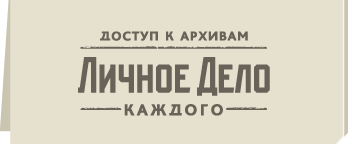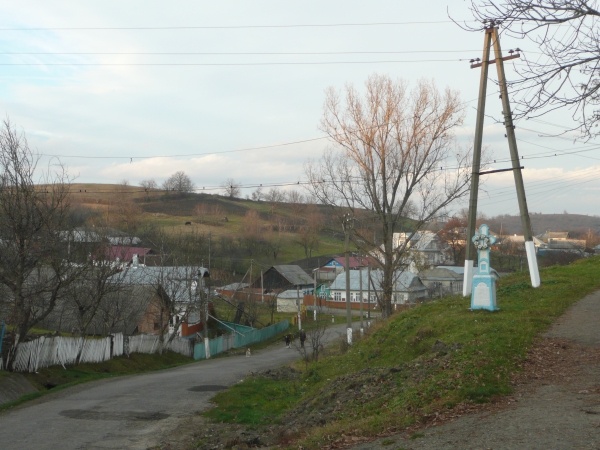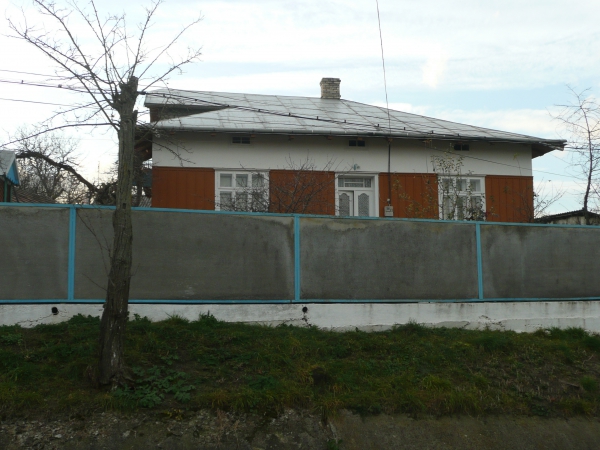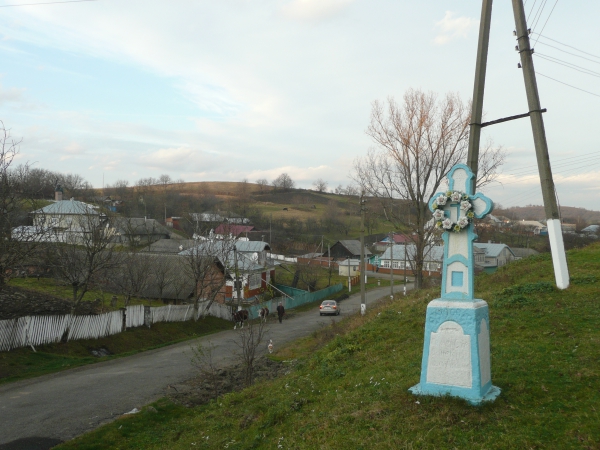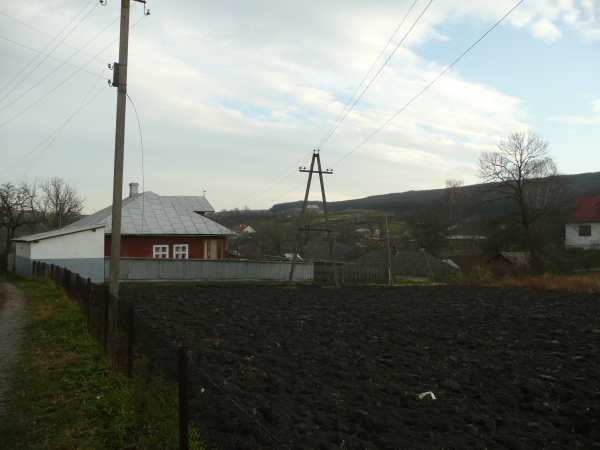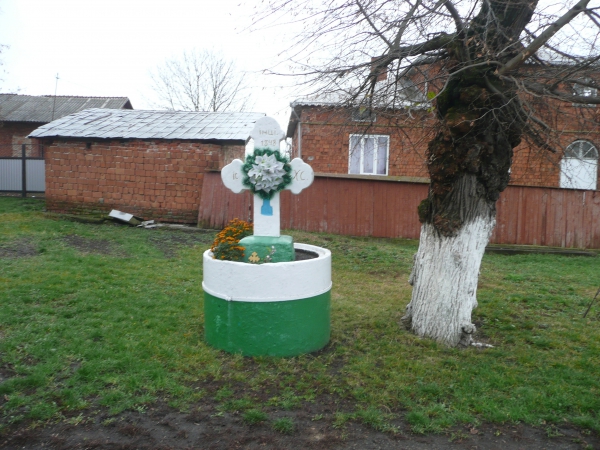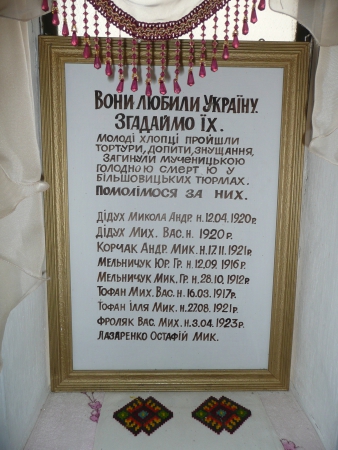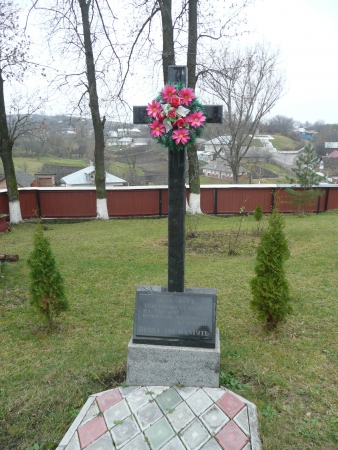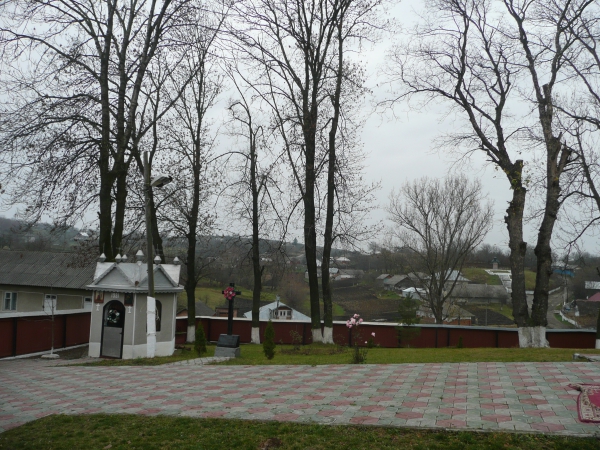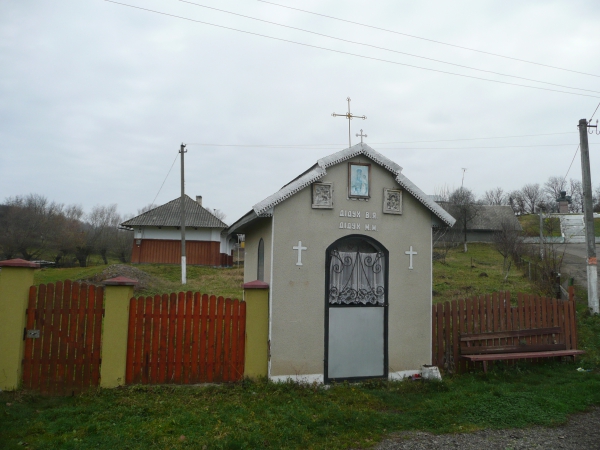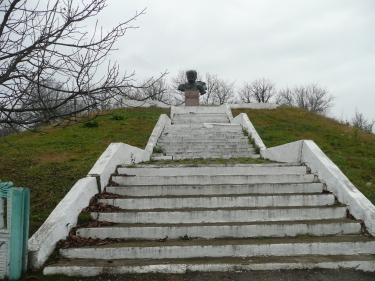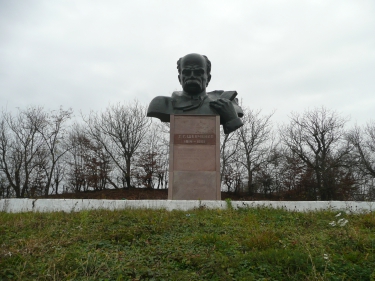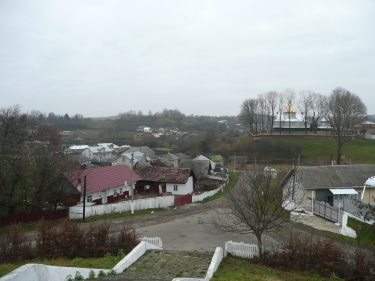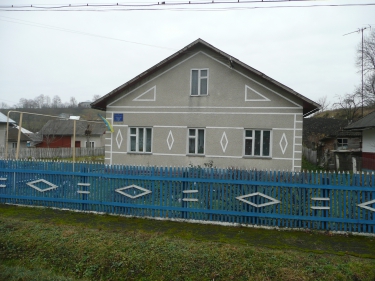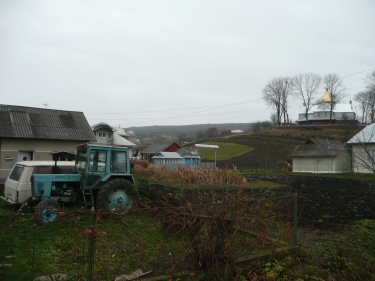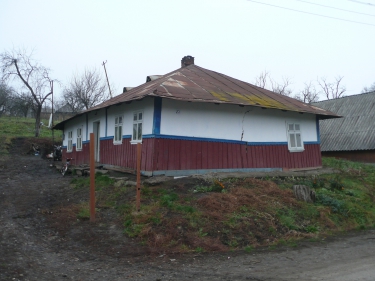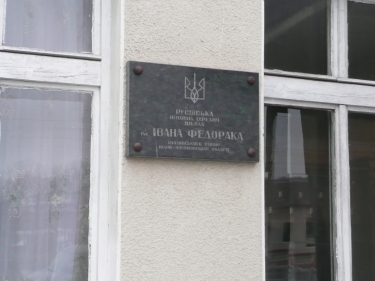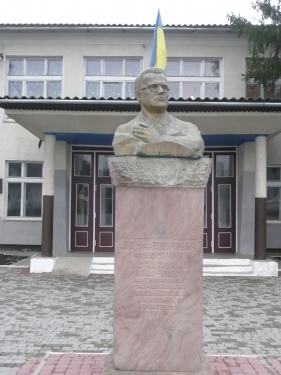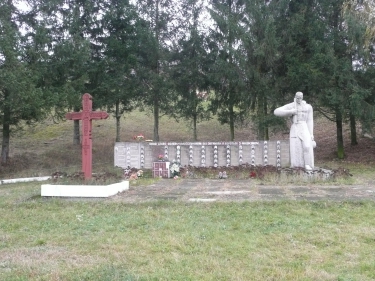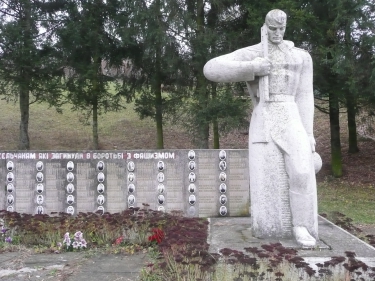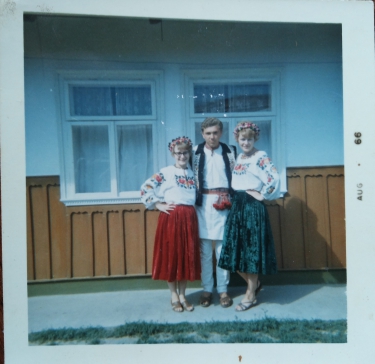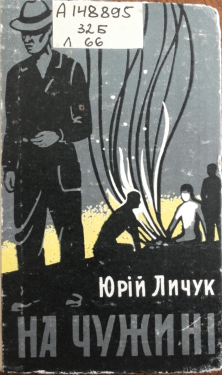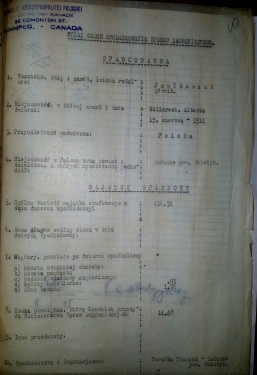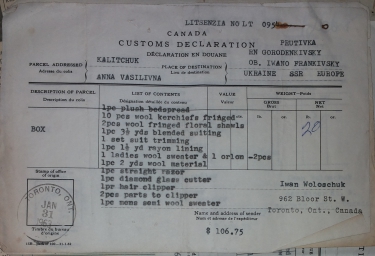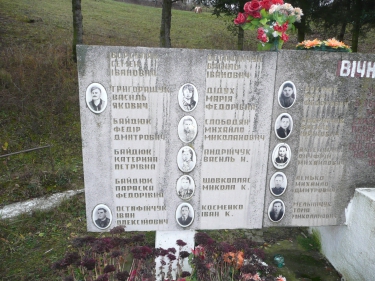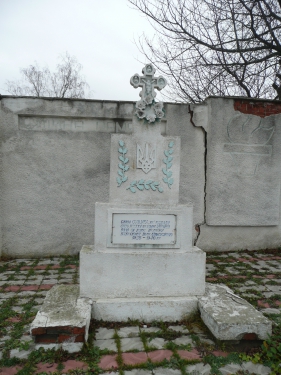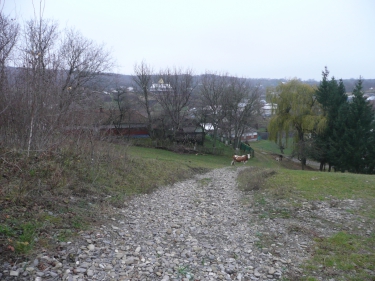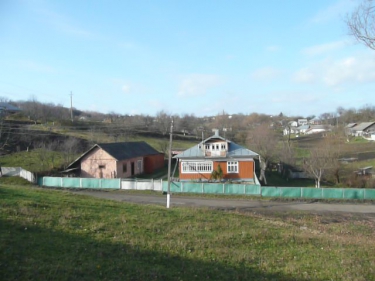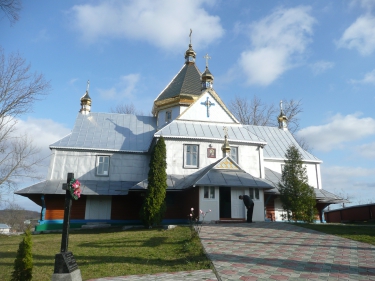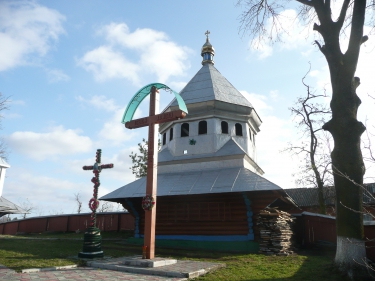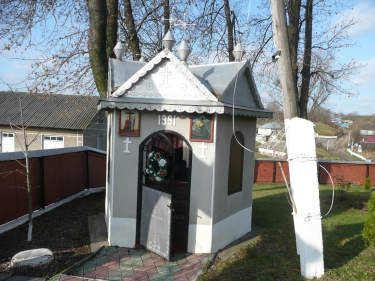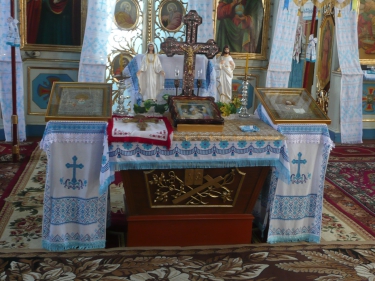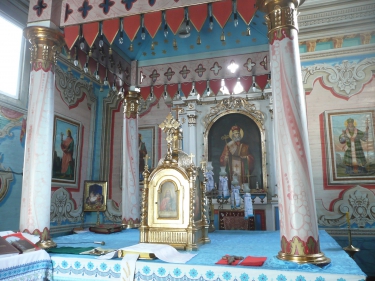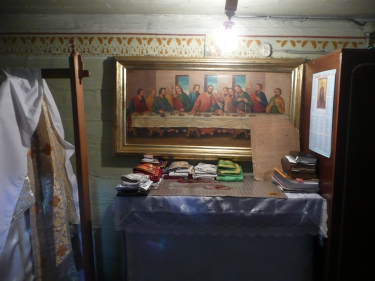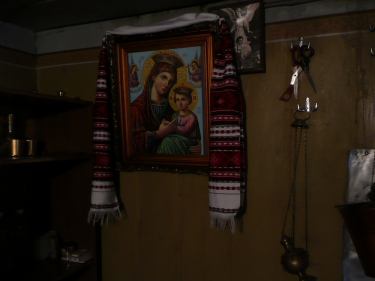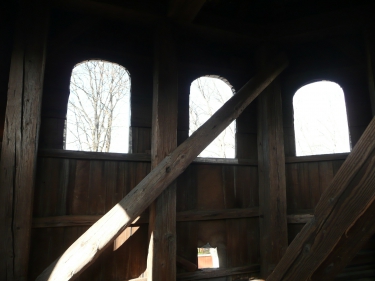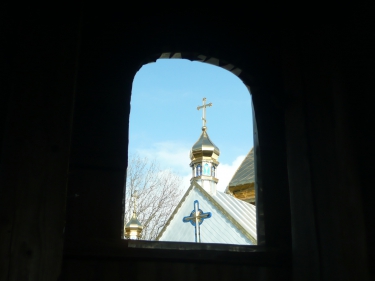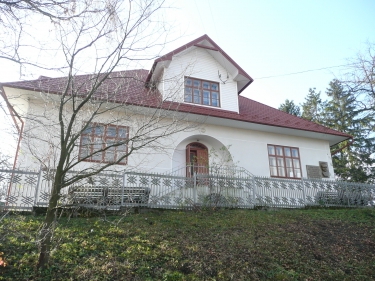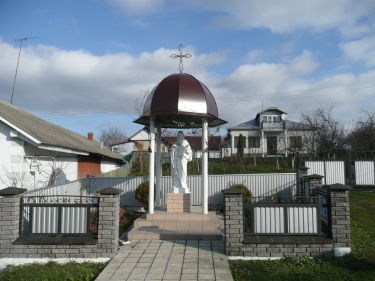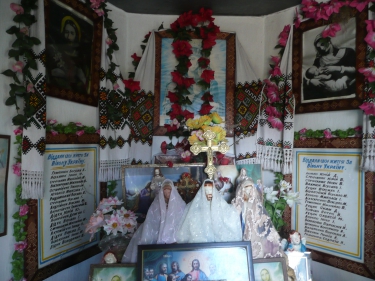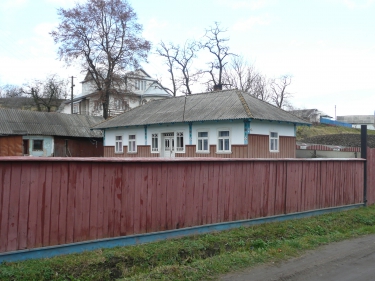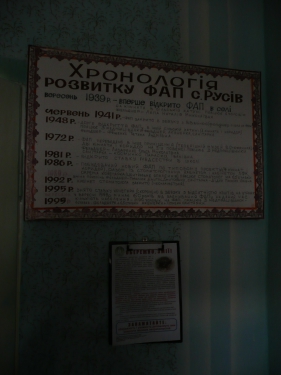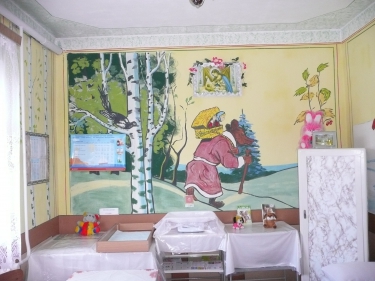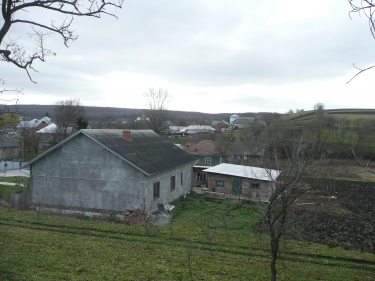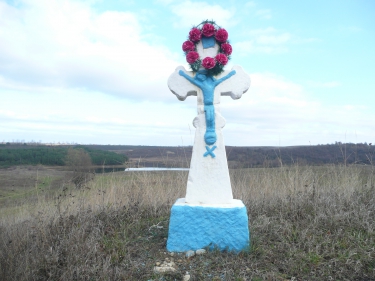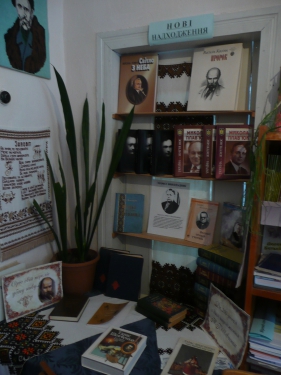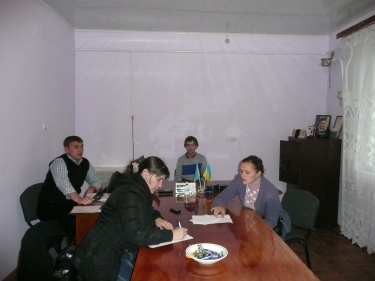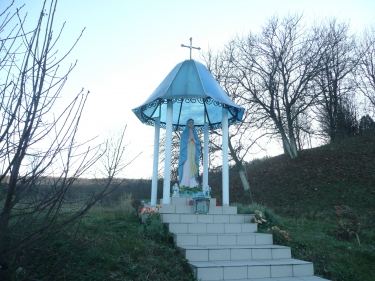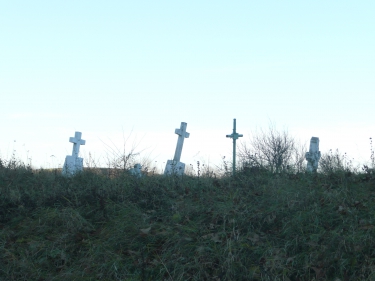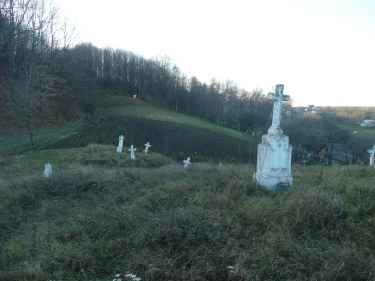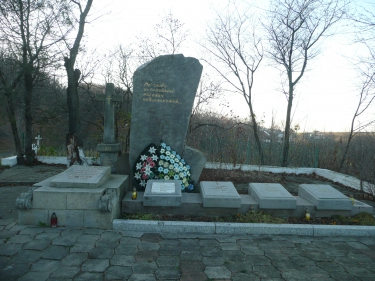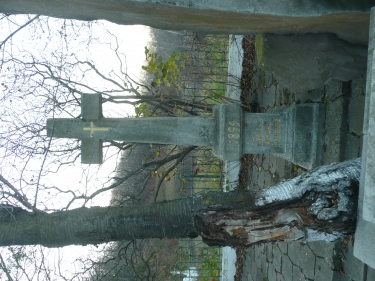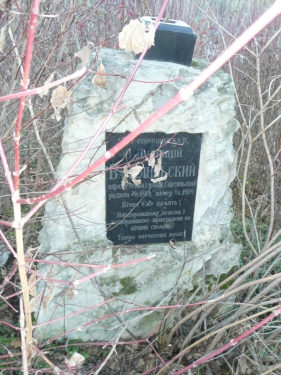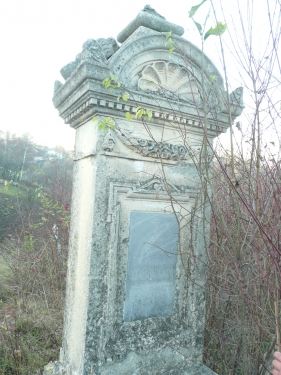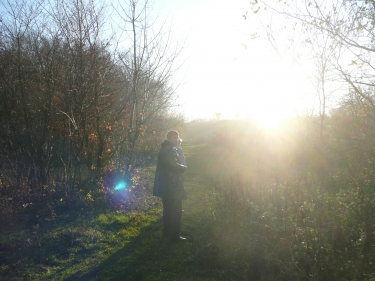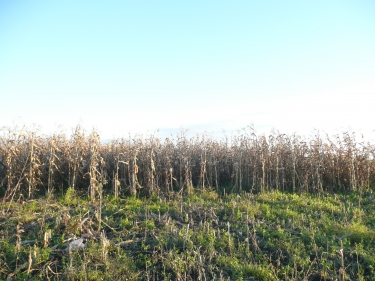A globally connected village: migration processes and networks in Western Ukraine during the 20th century. Interview with Mattias Kaltenbrunner.
The young historian Mattias Kaltenbrunner is investigating six West Ukrainian villages in the Snyatyn region in the Ivano-Frankivsk Oblast. Our reporter Pavel Mikitenko talked with Mattias about the methods and aim of his research, the Ukrainian historical memory and the particularities of doing archival research in Ukraine, Russia and Canada.
– Mattias, could you tell me about your work please?
– I am investigating six West Ukrainian villages in the Snyatyn region in the Ivano-Frankivsk Oblast. This area is called Eastern Galicia and was a part of the Habsburg empire until 1918. My methodical approach is that this is global micro-history. I write the history of a village but in the context of global interaction. I begin my investigation at the end of the 19th century, when the first peasants from these villages went to Canada. I am also interested in what happened in the villages when the migration processes stopped, during the 1930’s for example, when close to nobody went anywhere because of the economic crisis, and in what happened during the 60’s and 70’s when there were quite intensive contacts between the villagers and their relatives and other people from the same village that had settled abroad. I am researching the village community and see the village as a social space – not only as a geographical point but also as a space for contacts and bonds between all of its habitants: migrants and non-migrants, those who stayed and those who went away. Then I investigate how they affected each other. On microlevel I describe the whole history of this village, to then clear out what happened to it.
– What are you primarily focusing on: households or individual persons?
– I am studying the village, not separate persons. I think that the village is the most important object to analyze, because the village built up an identity, and furthermore almost all of the inhabitants were relatives. I am trying to write the micro-history of these six villages during the 20th century in a way that includes all of the sources there are: those in Canada as well as those in Ukraine. Migration is what I’m focusing on. I also call forced resettlements migration – some inhabitants were sent to Kazakhstan for example. Thanks to the migration we have more sources than in other regions. Furthermore it’s more likely that a migrant writes his autobiography than a person who spent his whole life in one place. The majority of information I find concerns the people who went away, but using this information I can draw conclusions about the people who stayed.
– What sizes are the villages that you are studying?
– They are quite small: about 1500 people.
– What dimensions did the migration reach?
– Almost everybody was involved in the migration process, except for the very poorest who couldn’t afford the ticket.
– What kind of migration are we talking about? Were did people move to?
– Until the Second World War it was labour migration. Some went to America, and after working there for a few years they often returned back home. With the money that they had earned they often expanded their farm. Only after the Second World War it’s possible to talk about political migration. Then mainly those who had served in the Schutzstaffel’s Galicia-division founds themselves in the American occupation zone, in the West, and were not sent back home.
– What is your main result?
– Among the results of my investigation there is information that shows that these international contacts between people existed for a very long time. They were kept through all of the political changes and played a role until the fall of the Soviet Union. Thanks to these international processes and contacts and their economic importance, the villages that I am studying still exist. In these villages there wasn’t any outflow of people to the cities, as there was in other regions of the former Soviet Union. These villages still haven’t experienced any strong process of urbanization or shrinking population. There is a completely other structure of the population and the agriculture in these villages than in the rest of Ukraine. I found that these contacts played an enormous role in the development of West Ukrainian villages also after the Second World War. It’s clear that during Stalin’s time almost nobody could come there from Canada, but already in the end of the 50’s tourism was widely expanded. During the 50’s, 60’s and 70’s peasants in West Ukraine lived off what they were sent from their Canadian relatives. They resold textile materials for example, and earned enough. Simple kolhozniks in these quite late-booming villages got their first cars thanks to having the right to inherit from abroad.
– How was it possible to travel abroad? Peasants didn’t have passports until the 60’s, right?
– I’m speaking about tourism of former migrants, who came from Canada to the Soviet Union. Almost everyone who left before the economic crisis, that is before 1929 or 1930 in Canada, became communists, since the communist party was the only one that cared about the unemployed ones. They came there with completely unrealistic expectations and really believed in what the Soviet newspapers wrote: about the communistic paradise in Ukraine, about the blossom of the Ukrainian culture. But if someone was afraid to go to the Soviet Union he could still send money to his relatives. Even if a man served in the Schutzstaffel and was collaborating with the Germans his relatives still had the right to get money and inherit from him. Economically it was very profitable to have relatives in Canada, but politically – not always. If you wanted to make a career in the party this could be an obstacle. But, of course, you need to keep in mind that such contacts existed only in Western Ukraine. I doubt that anything similar took place in Central Russia. I think this forces us to look at the cold war a bit differently.
– The people who left during the first wave of about migration later returned as tourists?
– Yes, already in the end of the 1950’s they went there as tourists. The problem was that they were not always let into the villages – the tourist trails only included big cities. But the relatives quite often bribed the necessary persons and could then go to the villages anyway, in spite of the restrictions.
– Why were they not let into the villages?
– I don’t know. I don’t see the logic here. Some people were let to go there and others not.
– Did Canadians come to the Soviet Union?
– I think that the majority of the tourists were of Ukrainian ancestry. Committed communists gradually understood that everything wasn’t as it was described in the propagandistic press and threw in the towel. First of all because they weren’t let into the villages, and second of all because of the Russification. For example, in Kiev everyone spoke Russian. Those who left before 1939 had never learned Russian. In the end of the 1970’s the public officials surprisingly didn’t care anymore and even let nationalists in to the Soviet Union, that is, people who had a quite hostile attitude towards the Soviet Union. And even people who had retreated with the Germans.
– What effect did the immigrants have on the rural community?
– From the first years of the 20th century there was a constant movement there and back. Young women went to Canada to get married. Overall, about 50 percent of the migrants had a family that they left in the village, while 50 percent were unmarried when they left. To send a member of the family abroad was a profitable investment. People happily sold a horse to do this. I unfortunately don’t have any statistical information, but I would say that about half of these people returned, while the other half stayed in Canada. Some people traveled there and back a few times. People wanted to earn money to buy more land. With the economic crisis in 1929 the trips came to an end, but the contacts remained strong until 1939. Then even the contacts were terminated, but they were restored during the Khrushchev Thaw.
– Why did people leave in the first place?
– Back then Galicia was the most late-blooming part of the Habsburg empire. It had neither any big cities, nor industry. A quite strong growth of the population, undeveloped agriculture and an unfortunate form of inheritance, when each of the children (and not only the oldest or youngest one, as in other parts of Europe) got a part of the parents’ land, which led to a pulverization and degradation of it. There was no free land nor cities where people could have found alternative jobs. These are the main reasons.
– Do the inhabitants of these villages still exchange sendings with their relatives in Canada?
– Nowadays not so much. In the beginning of the 2000’s there was a big migration, but to Southern Europe. It used to be mostly men who left, but now it’s women, and they work mainly in Italy and Spain. The interaction with Canada is less, since the second generation of immigrants doesn’t know Ukrainian language. The contact remains for one generation, for example the common case that a father stays in Canada and his family in Ukraine. These men in Canada often remarried although the first wife was alive. You could say that those contacts were more or less terminated. Today we see completely different migration processes.
– Tell me somebody’s biography please, that on one hand is striking, and on the other hand shows the core of these processes.
– There is a family… In Canada the Ukrainian government existed in exile. They declared themselves to be the successors of the Ukrainian People’s Republic in 1920. The last president of this government, born in 1927, was from one of the villages I have studied. When he went to school during the German occupation he was socializing in nationalistic circles. After this he went to the West and got a quite high position within anti-Soviet diasporic organizations, and his family stayed in Ukraine, in his home village. It’s interesting that when he came to Canada he met his aunt and uncle who were rabid communists, because they had a completely other experience of contact with communistic ideas. When they found out about the nationalistic underground movement that was fighting the Soviet regime they could not understand this at all. And his brother who stayed in Ukraine became a Komsomol member and wanted to make a career in the party, which forced him to play a part in the Soviet Intelligence Agency’s games. He was included in the Canadian delegation of engineers in 1959, and for the first time after the war the brothers met, which was the beginning of a letter correspondence. In these letters both of them tried to convince the other about the right system. And I think that the letter correspondence was organized by the Soviet Intelligence Agency. After a few years it stopped – it seems like the Ukrainian brother didn’t fulfill his task and became a simple chairman of a kolkhoz. Since he was constantly observed by the Intelligence Agency his career was very modest. After the fall of the Soviet Union the brothers made peace.
– Does your research shed any light on the complicated subject of the cooperation with the Germans?
– Already during the 1930’s, when this territory became a part of Poland, there were tip-off structures: the Polish Police recruited whistleblowers, and because of this there was an atmosphere of mutual distrust in these villages. So every time there was a shift in power (the first time in 1939 after the signing of the Molotov-Ribbentrop Pact, the second time in 1941, the third time in 1944), when this land was freed, those who obviously had cooperated with the former regime became the victims of the next one. The tip-offs were often motivated by personal revenge. But of course there was also a nationalistic phase: in the end of the 1930’s those who were committed communists wanted to create an independent Ukraine, but the majority of the villagers without any higher education just wanted to survive and make a profit as well. That’s why they cooperated with any regime. In 1939 when the Red Army came the Ukrainian intelligentsia and the majority of the others took this as a liberation from the Polish oppression. The Ukrainization had begun, Ukrainian newspapers were published, and people really believed that there will be a Ukrainian People’s Power, but they were disappointed when the repressions began. Then, in 1941, there was a similar situation, and everyone was ready to cooperate with the Germans. It’s known that in these villages horrible massacres took place – local Ukrainians were ready to participate in the holocaust of Jews, and this is still today a sore subject. In Western Ukraine it’s still being suppressed. In 1944 people had less illusions already, and I perceive this as a civil war. Anti-Soviet guerrillas attacked those who wanted to join a kolkhoz, almost all of the first members of the Soviet village councils and kolkhozes were slaughtered, killed. But there were also troops of locals who had to look for the Banderivtsis. They accused each other out of unfaithfulness, and in that way quite many peaceful inhabitants were killed. Eventually they wiped out each other. This subject has been politicized: there is a lot of Soviet memorials to those who were killed by the Banderivtsi, and now, on the other hand, they are trying to heroize the nationalistic underground movement. But I don’t know to what degree it was actually nationalistic. Mainly they were against the collectivizations. And it’s needed to look at this question in separate periods: in 1947 there were completely other people in the underground movement than in 1943, during the Germans. These people were often very young. It’s quite hard to investigate this period. There are personal files of the convicted persons on one hand, and on the other hand local historians’ heroic tales. There is a lot of material, but not enough neutral, impartial research.
– Who were the repressions aimed at in 1939?
– Mainly at people who were accused of being members of Ukrainian nationalistic organizations. In the cities, of course, it was different – the bourgeoise and the prosperous ones were repressed. And these were massive processes. For example, in one of these villages that I have studied 16 people were convicted. Half of them were death sentenced.
– Were the repressions in the late 1930’s concerned by the trips abroad?
– Surprisingly not. Probably because the migration was a way too massive phenomenon, it was considered to be something normal. In every family someone was abroad, and this fact didn’t even come up in the files of the convicted ones.
–So the selection of victims depended a lot on the local party organs?
– I think it depended on who was the whistleblower. I have an example when an average peasant was convicted. He was accused of being a kulak. He was told on by the Polish police. This was the real reason for his conviction, the fact that he had been in Canada didn’t interest anyone at all.
– Were the investigators locals?
–I don’t think so. They were investigators from NKVD.
– In which archives were you working exactly?
– I was working in normal archives, and that’s not very interesting. The interesting archives are the ones of the former KGB. There are very liberal regulations in Kiev right now: everything is accessible there, all personal files, regardless of whether the person was rehabilitated or not. Although there is some kind of uncertainty: it seems like people have a better attitude towards western scientists than their own, I see this a lot. For me this is good, but it’s still not fair.
– Did you run into any problems with accessing archival documents?
– When I was working with some documents for the first time in 2011 I had access to filtered files that someone had went through. I payed quite a lot for copies, which I consider to be a certain kind of corruption. During Yanukovych a law on protection of personal information was enacted, which made it harder to get access. Now, after the Maidan, basically everything is accessible, and the working conditions are good. They even order documents from regional departments and scan them for free.
– For how long do you have to wait for answers to requests?
– Not for long at all. Two weeks.
– Did you use to consult the workers in the reading hall?
– Yes, of course. The attitude is really good everywhere.
– Were there any difficulties, any denials?
– No. Not in Ukraine. To some files of deported persons there is supposedly no access, but if you wish so you can get them. The Stalin period is basically declassified. If I was engaging in the sixties, I think the situation would be a bit different. What I didn’t get in Ukraine is secret-service messages, that is, messages from secret agents. I was told that these files don’t exist. But from time to time these messages are quoted in personal files as further material, so it’s still possible to get an idea of these messages.
– Was there any information in the archives about the extermination of the jews?
– In Ukraine this is all regulated by the discourse. Because of the nationalistic discourse in Western Ukraine many historians simply don’t ask certain questions. Everything is accessible, but some topics are not discussed at all. Now there is new pieces of work on the extermination of the Jews, but the role of the Ukrainians in this is very complicated: Without any problem you can say that the Germans exterminated the Jews, but nothing more. Regarding the structures of the state’s official version of the history and memory, it seems like the government of Ukraine exchanged the Soviet heroes with nationalistic ones.
– What are the most valuable findings?
– It’s amazing how many people wrote their autobiography – they survived hard times and put this to paper. But unfortunately almost no letters have been kept. It’s very hard to find some letter correspondence which is a problem, since they are one of the main sources of information. Apart from this I worked a lot with the necrologies in newspapers.
– Could you compare doing archival research in Canada, Ukraine and Russia please?
– I don’t evaluate the Russian situation negatively. In Russia the access is obviously limited, personal files are in general not accessible. But for me the working conditions were very good. I got access to documents from the Soviet Union’s General Prosecutor’s office, that contained complaints and petitions where personal files are quoted. This way I got all the information I needed. And if I would look at all the personal files that would be a lot more work.
– Is everything open in Canada?
– There you can sit from 9 in the morning until 11 in the evening, the conditions are just paradisal. There I was working with archival funds from private origin, that is, what relatives have donated. Although, I wasn’t working with documents of the Canadian or American Intelligence Agencies, even though that would be interesting. It’s obvious that they also sent their own spies. Overall, I think that the new, Ukrainian laws on opening the archives have a populistic character. The documents were generally also accessible before these laws were enacted, and on top of this the Ukrainian society is right now too involved in the current events to discuss the past.
– Mattias, thank you for the interview!
